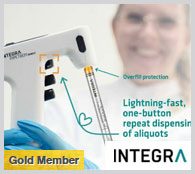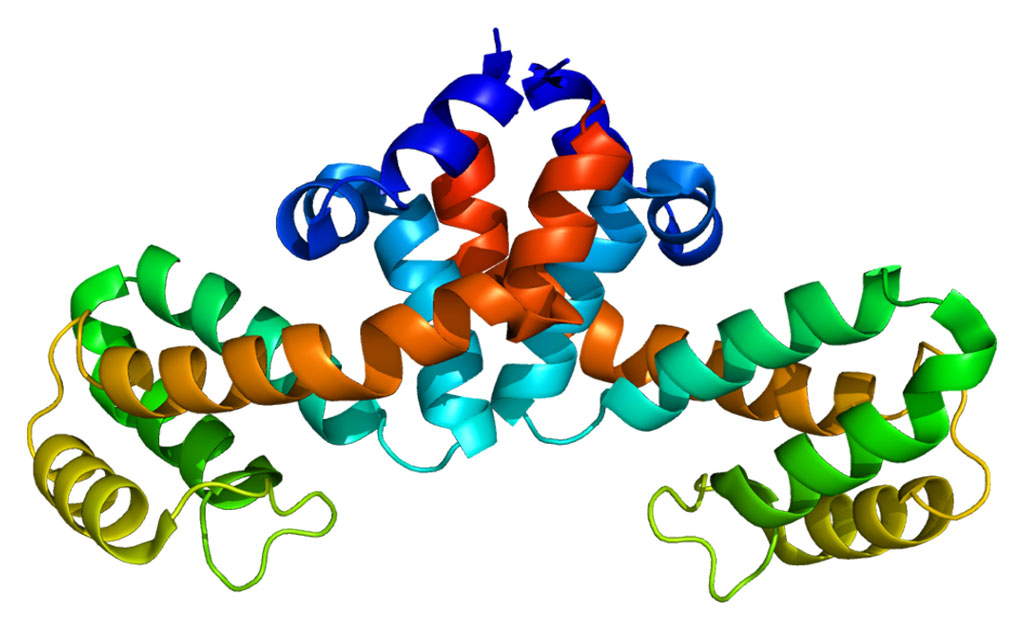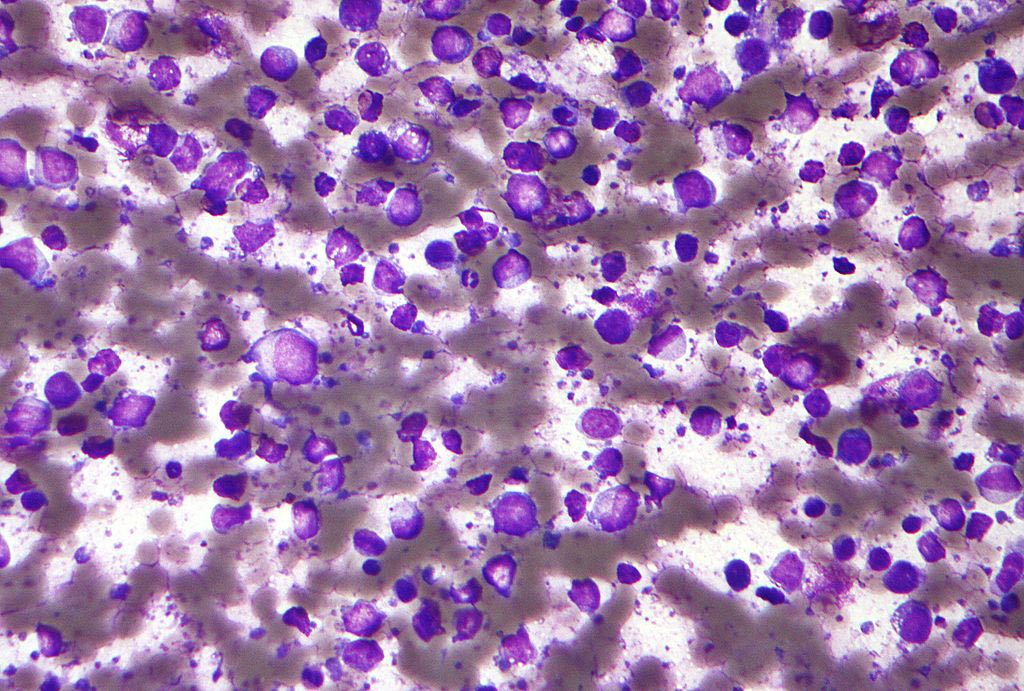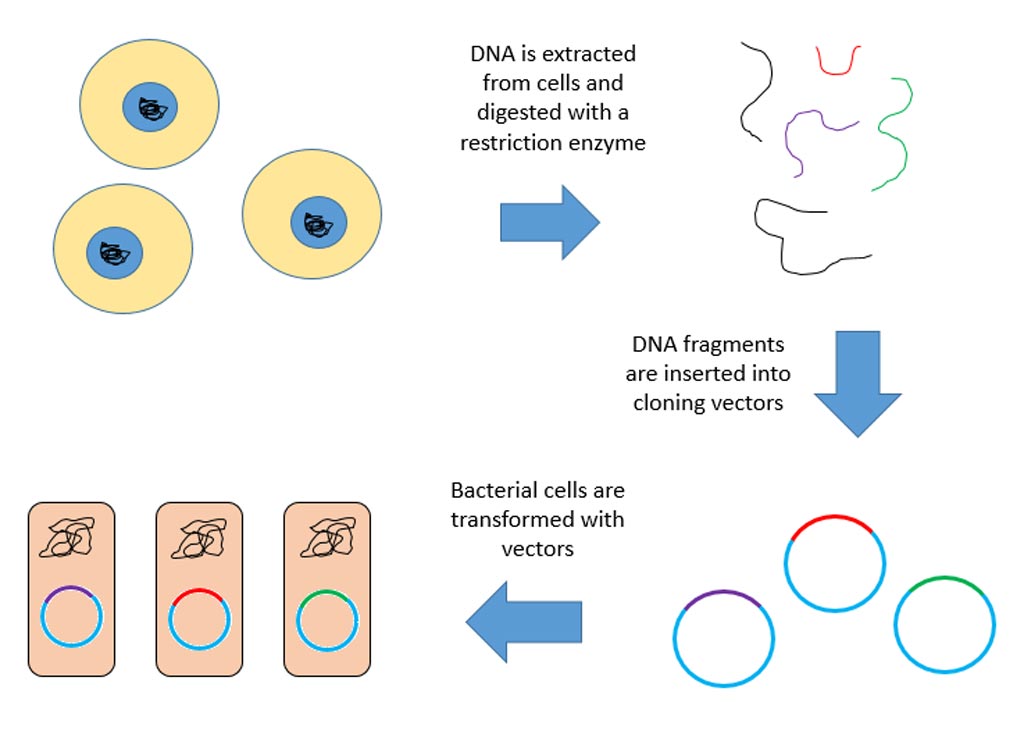Image Analysis Software Manages High-Content Data
By Biotechdaily staff writers
Posted on 12 Feb 2007
A new technology platform provides tools to manage complex three-dimensional (3D) and 4D data, enabling deeper insights into cell biology.Posted on 12 Feb 2007
On the occasion of the High Content Analysis Conference, held in San Francisco, CA, USA, in January 2007, Definiens AG (Munich, Germany) recently announced its development strategy for its high-content image analysis application, Definiens Cellenger. Cellenger is built using the open standards-based Definiens Cognition Network Technology, which provides the power and performance required to build a new generation of cognitive applications. Similar to the human mind, Definiens Cognition Network Technology uses objects' color, shape, and size, as well as their specific context and relationships, to understand how cells work.
Current state-of-the-art high-content analysis software provides data based on two dimensional images.
Advances in Definiens' technology will enable research on cell-based assays not currently feasible. The technology strategy focuses on developing a tool box that will enable general purpose 3D and 4D image analysis. Tracking of cells in 3D over time (i.e., 4D) provides useful data regarding cell morphology and structure, including correlating cell speed changes and persistence of movement. With 3D and 4D capability, the analysis of cellular processes over time will be possible, a ground-breaking improvement compared to static and flat snapshots provided by 2D. The analysis of such data, however, presents major challenges for automated image analysis systems; data volume for a single image can easily reach gigabyte levels, for example.
Definiens Cellenger is a flexible and platform-independent enterprise system designed to automate and standardize cell image analysis customized to specific assays. It creates much deeper insights into image data, while providing a simple yet flexible environment to support and accelerate the drug development process. The system integrates within any Definiens Enterprise Image Intelligence product and complements all workflows, whether they be assay development, screening, or informatics. It is the first platform independent high-content analysis software, bridging the gaps between different vendors and platforms, enabling standardization of assays across the enterprise.
Definiens Cellenger contains highly robust detection and classification algorithms that provide accurate multi-dimensional segmentation of objects, even with heterogeneous cell populations or imperfect images that were taken under poor conditions. Multiple image analysis studies can be performed in parallel and export data can be configured to contain the results of one experiment conditional to the results of another, resulting in much higher data confidence levels.
Built on the unique, patented Definiens Cognition Network Technology, Cellenger enables organizations to go beyond the simple measurement of objects by shape and intensity to the quantification of complex relationships between objects, revealing subtle biologic effects. Cellenger has open interfaces and formats and is designed to integrate within existing infrastructures, complementing rather than replacing existing investments in software and hardware.
The system analyzes and interprets images on every scale, from microscopic cell structures to satellite images. Definiens' technology also helps pharmaceutical companies to improve safety and reduce risk, attrition, and time-to-market in the drug development process. It enables organizations to analyze and correlate image information along the entire drug development chain, supporting strategic initiatives such as translational science. As a research and development tool, it identifies more candidates, increasing quality while reducing costs. It vastly simplifies assay development and substantially increases the yield of pertinent information. In the pre-clinical phase, this technology delivers faster results with greater consistency at lower cost. It automates pre-screening, providing consistent, qualified, and quantified information from cell and tissue images.
Related Links:
Definiens













